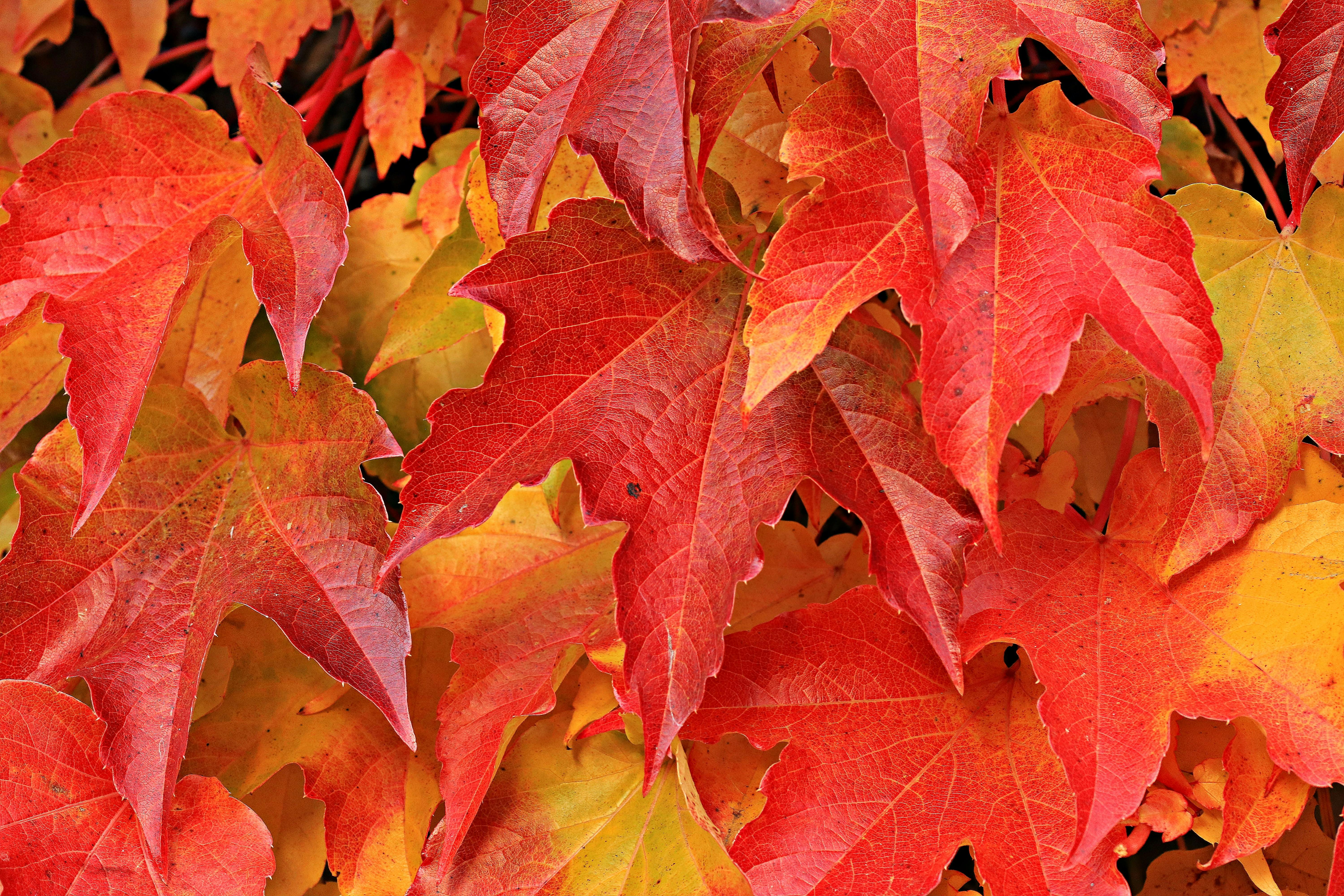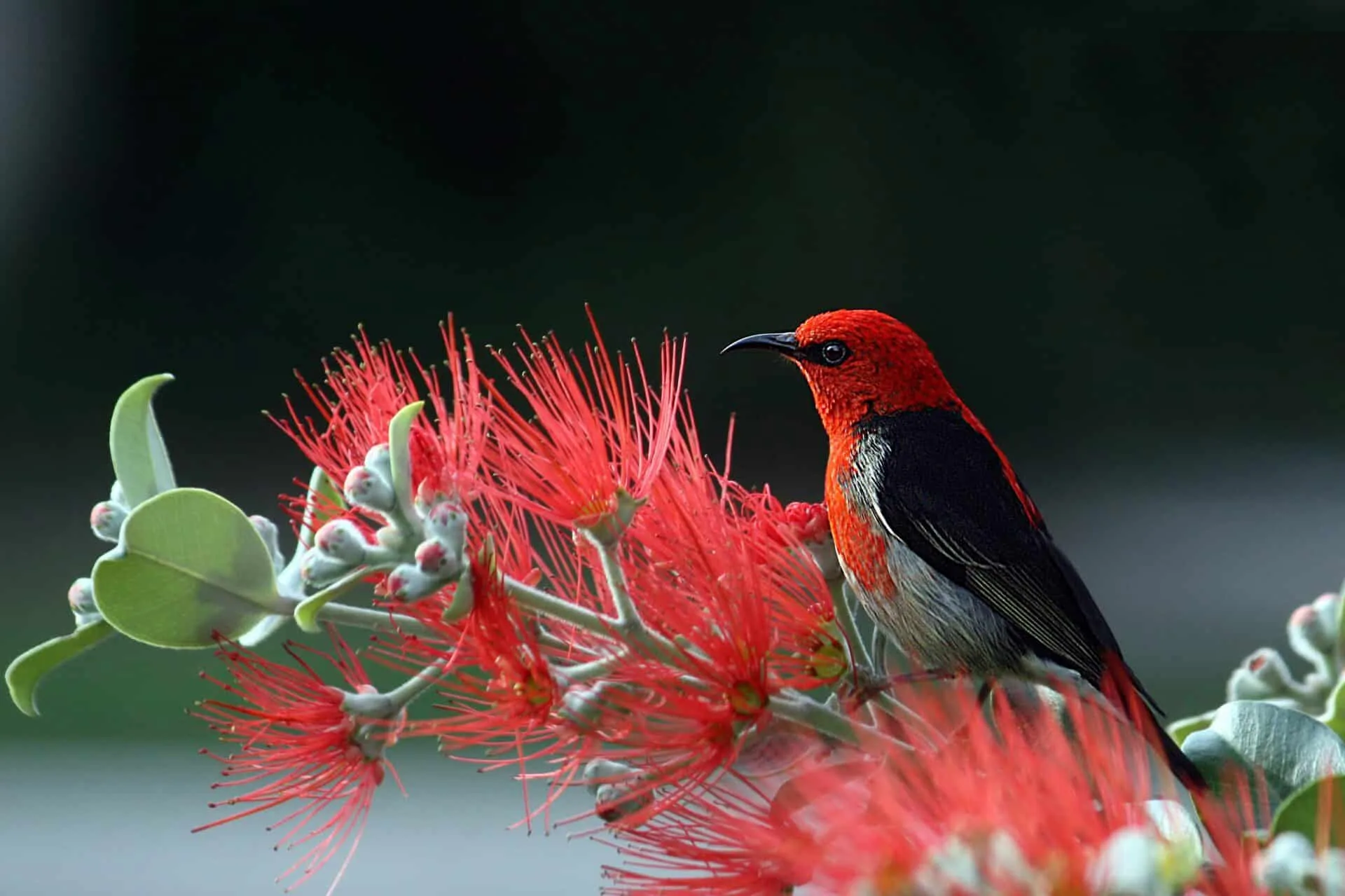Have you noticed that the leaves on your blueberry bush have started to turn red? This can be an alarming sight for a gardener, but it is important to understand why this is happening and how to address the issue. In this article, we will explore the various reasons why blueberry leaves turn red and discuss how best to care for your plant.One of the most common reasons why blueberry leaves turn red is due to a fungal disease known as anthracnose. This disease is caused by the fungus Colletotrichum gloeosporioides and can cause leaves to become discolored, distorted, and eventually drop off. Other symptoms include spotting on leaves, twig cankers, and dieback of branches. In addition to anthracnose, blueberry leaves may turn red due to other environmental conditions such as drought stress or nutrient deficiencies. Exposure to cold temperatures or prolonged periods of high humidity can also cause blueberry leaves to turn red.
What Causes Blueberry Leaves to Turn Red?
Blueberry leaves typically turn red in the fall, as part of the natural process of the plant’s life cycle. During this time, the leaves will become more yellow-red and will eventually fall from the bush. This is due to a combination of environmental factors, such as decreasing temperatures and shorter days. The blueberry plant will also experience a decrease in nutrients necessary for photosynthesis during this time. As a result, it will produce less chlorophyll, which turns leaves green. Without this pigment, other colors like red can emerge in the foliage.
The red color found in blueberry leaves varies depending on the variety and climate. Some plants may turn an orange-red hue while others may stay more yellow-red. In regions with cooler temperatures and shorter days, blueberry plants may display a deeper red color than those grown in warmer climates.
Blueberry plants may also be affected by certain diseases or pests that can cause foliage to turn red prematurely or even throughout the growing season. Leaf spots caused by fungi such as Phomopsis vaccinii can cause reddish discoloration on foliage before or during harvest season. Other diseases like fireblight can cause reddening of foliage throughout the growing season, resulting in significant damage to the bush if left untreated. Insects like aphids can feed on the sap of blueberries and cause yellowing or reddening of foliage as well as distorted growth patterns on new shoots.
Overall, blueberry leaves turning red is part of their natural life cycle during autumn months when temperatures drop and days shorten. However, certain diseases and pests can also cause premature or prolonged redness of foliage which can affect overall health of the bush if not treated properly.
How to Identify if Blueberry Leaves are Turning Red
Identifying when blueberry leaves are turning red is an important step for gardeners and farmers alike. When blueberry leaves start to turn red, it can indicate that the plants are starting to enter their dormancy phase, and it is time for them to be pruned and harvested. There are a few ways to tell when blueberry leaves are beginning to change color.
One way to identify when blueberry leaves are changing color is by observing the leaf blades themselves. As red pigments begin to replace the green chlorophyll in the leaves, they will gradually start to turn from green or yellowish-green into shades of reddish-purple or burgundy.
Another way to tell when blueberry leaves are changing color is by looking at their stems. If the stems have turned reddish-brown or burgundy, then it likely means that the leaf blades have already begun changing color as well.
Finally, you can also check for signs of leaf drop on your blueberry plants; if you see that some of your plants’ leaves have started falling off, then this could indicate that they have started entering dormancy and are getting ready for harvest.
In order to ensure a successful harvest season, it is important that gardeners and farmers identify early on when their blueberry leaves are beginning to turn red so they can take the necessary steps for pruning and harvesting them in time. Knowing how to recognize these signs can help ensure that your berries will be ripe and ready for harvesting when it comes time!
Signs and Symptoms of Red Leaf Discoloration in Blueberries
Red leaf discoloration is a common issue found in blueberry plants. It is caused by a variety of environmental factors, including excessive heat, moisture stress, and nutrient deficiency. The most common symptoms include reddish-purple coloration on the leaves, premature leaf drop, and stunted growth. If left untreated, red leaf discoloration can lead to plant death. It is important to recognize the early signs and symptoms of this condition so that appropriate measures can be taken to help the plant recover.
The first sign of red leaf discoloration is a reddish-purple coloration on the leaves. This coloration often appears as small spots or patches on the edges or undersides of the leaves. As the condition worsens, these spots will spread to cover more of the leaf surface and turn a darker shade of purple. In some cases, yellowing or whitening may occur around the edges of affected leaves.
In addition to red leaf discoloration, premature leaf drop may also occur as a result of this condition. Affected leaves may begin to drop from the plant before their normal life cycle has ended. This can lead to reduced photosynthesis and diminished yields for that season’s crop.
Lastly, plants suffering from red leaf discoloration may have stunted growth due to reduced photosynthesis capacity. Young plants are especially vulnerable to this kind of damage as they are still developing root systems and establishing themselves in their growing environment. Stunted growth can severely inhibit fruit production if not addressed quickly and effectively.
It is important to recognize these signs and symptoms early so that appropriate measures can be taken to help the plant recover from red leaf discoloration in blueberries. Proper watering practices, balanced fertilizer applications, shade protection during hot months, and good air circulation are all important factors that should be taken into consideration when dealing with this condition in order for successful recovery and healthy yields year after year.
Solutions for Blueberry Leaves Turning Red
Blueberry plants are a delicious and nutritious addition to any garden, but they can be subject to several diseases that cause their leaves to turn red. Fortunately, there are several solutions available for blueberry leaves turning red. One of the most common causes of this problem is environmental stress, which can be caused by too much or too little water, excessive heat or cold, and nutrient deficiencies. To address environmental stress, the blueberry plants should be given adequate water and nutrients in order to promote healthy growth. If the soil is dry, watering deeply once a week will help keep the plant hydrated and healthy. Additionally, mulching around the base of the plant can help retain moisture in the soil and protect against extreme temperatures.
Another possible cause of blueberry leaves turning red is fungal infections such as powdery mildew or rusts. These fungal diseases can spread quickly throughout an entire crop if left unchecked. To prevent fungal infections from occurring, it is important to keep the area around the plants free of debris and weeds which provide a favorable environment for fungal growth. Additionally, fungicide sprays may be used as a preventative measure against fungal infections.
Finally, insect pests such as aphids or mites can also cause blueberry leaves to turn red due to their feeding habits. To control these pests it is important to monitor for signs of infestation and take prompt action when needed. Insecticidal sprays are usually effective at controlling insect populations if applied correctly according to the instructions on the label. Additionally, introducing beneficial insects such as ladybugs or lacewings can help control insect populations naturally without using pesticides.
By implementing these solutions for blueberry leaves turning red you will be able to maintain healthy plants that produce delicious fruit for many years!

Different Types of Diseases that can Lead to Blueberry Leaves Turning Red
Blueberry plants are vulnerable to a range of diseases that can result in the leaves turning red. Several fungal and bacterial pathogens can cause this symptom. Anthracnose is one of the most common diseases affecting blueberry plants, caused by the fungus Colletotrichum gloeosporioides. This pathogen commonly affects young shoots and foliage, with symptoms including leaf spots, defoliation, and discoloration of leaves. Other fungal diseases that can cause red leaves in blueberries include Botrytis blight and Phomopsis blight.
Bacterial diseases are also a major threat for blueberry plants. Bacterial blight, caused by Xanthomonas campestris pv. Vaccinii, is a common disease causing dark spots on leaves, premature defoliation, and bright red leaf coloring. In severe cases of bacterial blight, entire branches may die off as well as the entire plant. Additionally, bacterial wilt is another disease caused by Pseudomonas syringae pv. morsprunorum which may cause reddening in blueberry leaves as well as wilting and dieback throughout the plant.
In order to reduce the risk of diseases causing red leaf coloring in blueberries it is important to practice good cultural control methods such as avoiding overhead irrigation, removing weeds around the base of plants, and planting cultivars resistant to disease when possible. Additionally regular monitoring for signs of disease should be done throughout the growing season and diseased foliage should be removed immediately upon detection to reduce spread of infection among other plants in the garden or field setting.
How to Prevent Blueberry Leaves from Turning Red
Blueberry leaves can turn red for various reasons, such as too much sun or nutrient deficiencies. To prevent blueberry leaves from turning red, it is important to pay attention to the plant’s environment and take steps to ensure it remains healthy.
One of the most important steps in preventing blueberry leaves from turning red is providing adequate water. Blueberries need a lot of water, especially during hot summer months. Make sure to water your blueberries deeply and regularly to keep their roots moist and provide enough nutrients. Additionally, mulching around the plants can help conserve moisture and reduce evaporation.
Adequate sunlight is also essential for preventing blueberry leaves from turning red. Blueberries require at least six hours of direct sunlight each day for optimal growth and health. Too much sun can cause the leaves to burn and turn red, so make sure you are not over-exposing your plants to direct sunlight.
Nutrient deficiencies can also cause blueberry leaves to turn red. Make sure you are providing your plants with a balanced fertilizer that contains all the essential nutrients needed for healthy growth. Additionally, soil tests can help determine if there are any nutrient deficiencies in the soil that need to be corrected before planting blueberries.
Finally, prune your blueberry bushes regularly throughout the growing season to remove any diseased or damaged branches that may be causing the leaves to turn red. Pruning also encourages air circulation and helps promote healthy new growth on your plants.
Maintaining Healthy Blueberry Plants with Green Leaves
Keeping your blueberry plants healthy is essential for having abundant and delicious fruit! Here are some tips for maintaining healthy blueberry plants with green leaves.
The first step in maintaining healthy blueberry plants is to provide the proper soil conditions. Blueberries need well-drained, acidic soils with a pH of 4.5 to 5.5. If your soil does not meet these conditions, you can adjust the pH by adding sulfur or planting in raised beds with acid-based potting mix.
It is also important to keep your blueberry plants well-watered. During the growing season, water deeply once or twice a week, depending on rainfall amounts and soil type, so that the soil remains uniformly moist but not soggy. Mulching around the base of the plant can help conserve moisture and reduce weed growth.
Fertilizer should be applied in early spring and again in mid-summer to ensure that your blueberries receive enough nutrients throughout the growing season. A general purpose fertilizer should be used at a rate of 1/4 pound per plant in early spring and 1/2 pound per plant mid-summer. Be sure to follow the directions on the product label for proper application and rates!
Finally, it is important to prune your blueberry plants regularly to promote strong growth and abundant fruit production. Prune out any dead or damaged branches as soon as possible and thin out any overcrowded branches during midsummer to allow air and light into the center of the plant. This will encourage more flowers and fruit production next season!

Conclusion
Blueberry leaves turning red can be caused by a number of different factors. In most cases, this is due to environmental stresses such as cold temperatures, drought, or nutrient deficiencies. If the leaves are turning red in patches, it can also be a sign of disease or insect damage. It is important to identify the cause quickly so that the appropriate action can be taken to address the problem and protect the health of the plant.
In any case, it is best to contact a local expert to help identify and treat the issue as soon as possible. Proper management practices such as irrigation, fertilization and pruning may also help prevent future problems with blueberry plants.
Overall, understanding why blueberry leaves are turning red can help you take the necessary steps to protect your plants and ensure that they remain healthy and productive for years to come.



